Designer Spotlight: Hillery Powers on Hand Lettering Tips
An interview with our favorite hand letter, illustrator, and muralist, Hillery Powers.

A lot of graphic designers love to illustrate and hand draw as a fun, creative escape from their day-to-day of pushing pixels on their computer screen.
Our friend Hillery Powers, however, managed to make hand lettering and illustration her full-time gig.
Read the interview with Hillery to see how she got started in hand lettering and illustration, learn more about her process, and see some of her incredible work (including a new Real Thread design 😉).
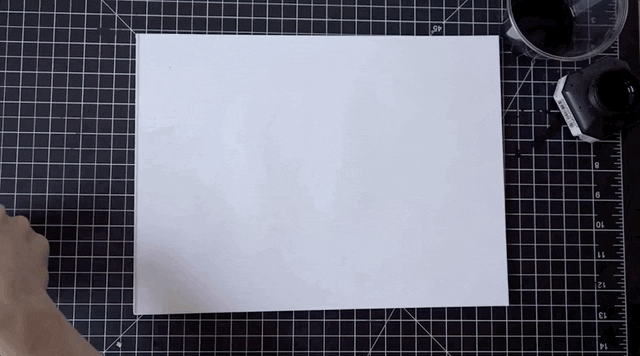
Q: To start, tell us what you do!
A: I’m a freelance muralist and designer with a specialty in brush lettering and illustrated maps.
Q: How did you get into hand lettering and illustration?
A: I went to school for studio art and always loved drawing words/letters, but didn’t really start practicing seriously until I spent a year nannying in New York after college and had mornings free.
That’s when I started learning calligraphy, taking Skillshare classes, and reading books/blogs about type and lettering. I was pretty terrible for a long time, but kept pushing through and haven’t stopped practicing since.
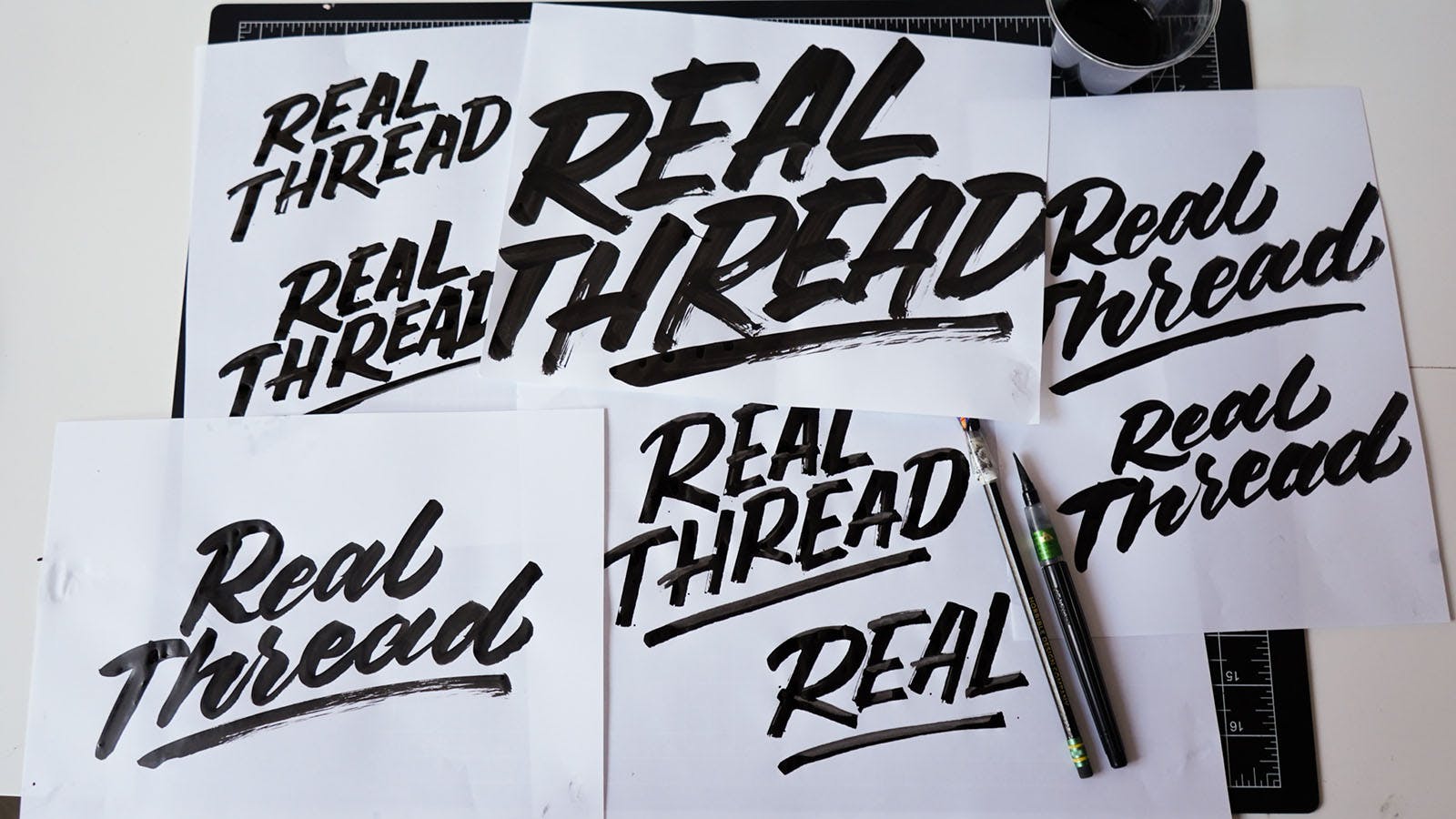
Q: What attracts you to hand lettering and illustration as opposed to digital?
A: I love the little imperfections that come out when something is hand-drawn. I think it reminds the viewer that the artwork took time and effort to make and can’t be replicated.
Even when I work digitally, I try to keep that human touch in the artwork. For example, the “streamline” tool in Procreate can be helpful to get a smooth line, but I always turn it down so my illustrations keep a wavering line and hand-drawn feel to them.
Q: What is your favorite surface to draw on?
A: Even though having an iPad has been a game-changer for my process, I still always go back to ink or paint and paper to get started on projects and capture the energy that only happens with the flick of a real brush.
I often use India ink and smooth marker paper, or mixed media paper if I want a little more brushy texture.
Q: How does the transition from paper to digital look? Do you totally recreate it on the iPad, or use a tool to transfer it over?
A: I usually take a photo or scan in my hand done artwork, and then draw over it using brushes in Procreate. However, for this Real Thread tee, I really wanted the final outcome to be 100% hand done — so for this one I scanned it in super high-res and cleaned it up in Photoshop.
Q: Murals on walls are something you’re pretty well known for — how did you land on these large-scale murals as your niche?
A: After a few years of painting temporary photo booth backdrops, I finally felt ready to do something a little more permanent. My first mural was a volunteer Pulse memorial wall, which I used as an example when applying for a mural call at Bloomingdales.
From there I had two samples, so clients started trusting that I could do it and paying me (in food, and then eventually money). It turns out I really love the entire mural process and now it’s my favorite type of client work.
Q: What’s your favorite project you’ve worked on?
A: That’s hard so I’ll pick two. One was a set of 3 walls for the Manifold office in Halifax, Nova Scotia — I felt pretty cool painting in another country, and was proud of pulling off hand-painted gradient letters.
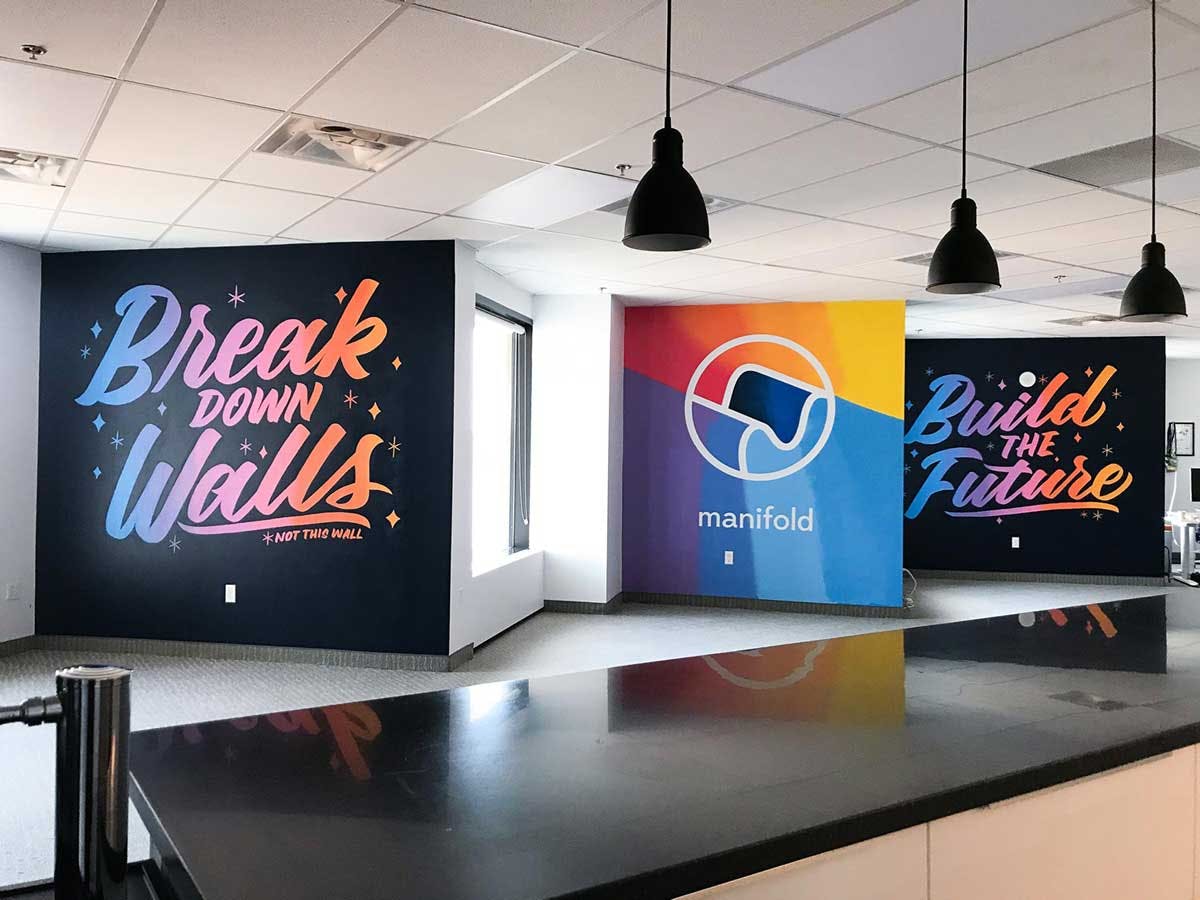
A more recent one was a map mural for Gusto in downtown Denver. This was a favorite because I love the process of researching map data and combining that technical information with a fun hand-painted design.
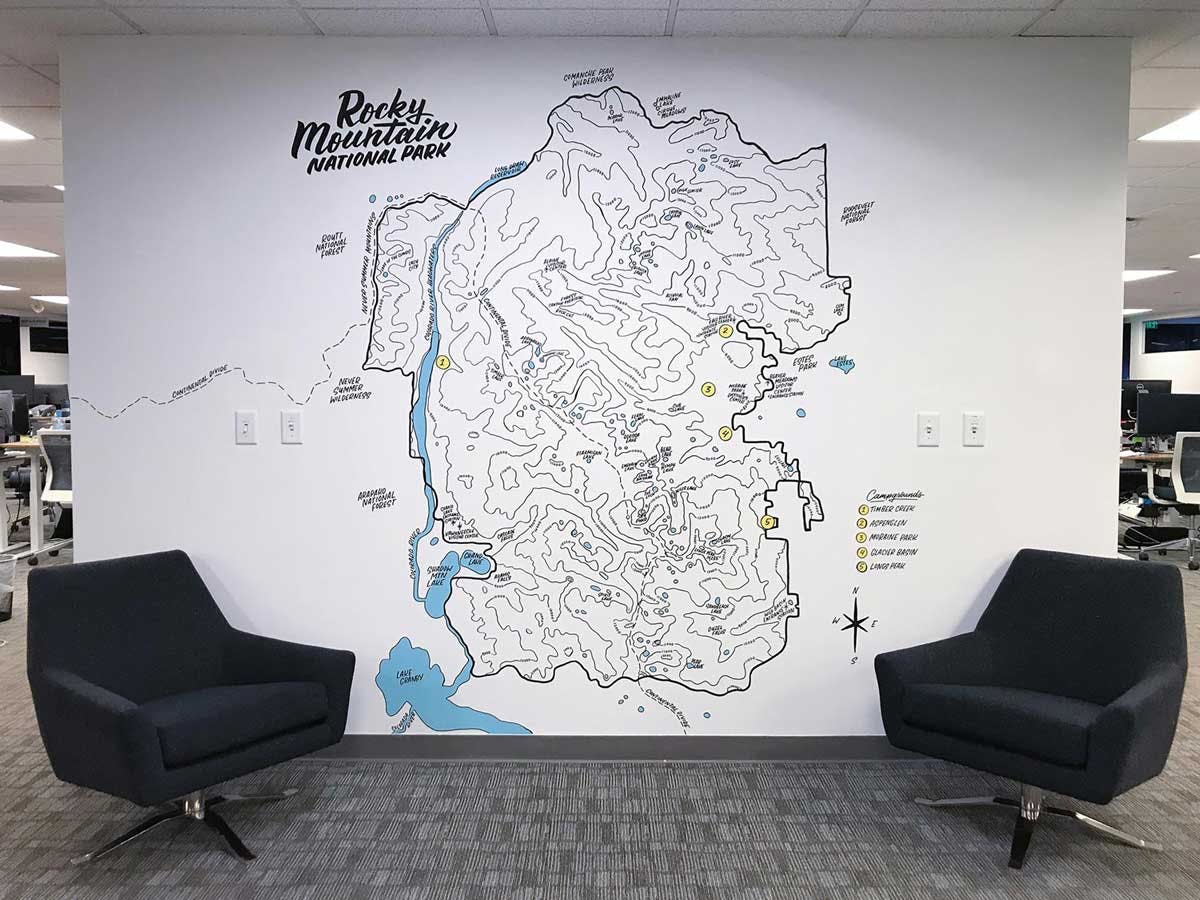
Q: Where do you like to pull inspiration from when starting a project?
A: I try hard not to only go to Instagram or Pinterest for inspiration — that’s how things start all looking alike. Although, it’s hard for images you’ve scrolled past not to seep into your work.
I’ve bought quite a few books by artists like Louise Fili and Mike Myer, where they’ve collected old samples of type and lettering that really don’t exist online.
I’m also a member of the Letterform Archive, and they’re building an online database of their archives. I’ve also saved a lot of vintage map samples from archive.org and places like that!
Q: What do you do when you aren’t feeling particularly inspired?
A: I take a hike or a walk or a shower. Sometimes a nap. Anything to get off my phone and stop looking for inspiration on Instagram.
Another thing I do is start a project by researching and drawing out the parts of it that don’t require inspiration. For example, with a map design, I’ll work on getting the actual geographic data drawn out, and the creative aspects like color and illustrations can come later.
Q: You recently designed a hand-lettered t-shirt for Real Thread — can you walk us through the process of creating it? Where do you start when approaching a project like that?
A: Something I don’t see too often on T-shirts is rough, brushy lettering that looks like it could have been painted directly onto the fabric, rather than printed with neat vectored outlines.
I wanted to try that, so for this project, I began with ink and paper — I put on headphones and just started quickly brushing out the words, tossing each iteration on the floor until I had dozens of attempts.

From there I marked the promising options and did another round with a little more of a plan. I then scanned in a few of the pieces that had the best flow/feel and played with those compositions on my iPad until I was happy with the way the letters fit together and the overall shape of the design.
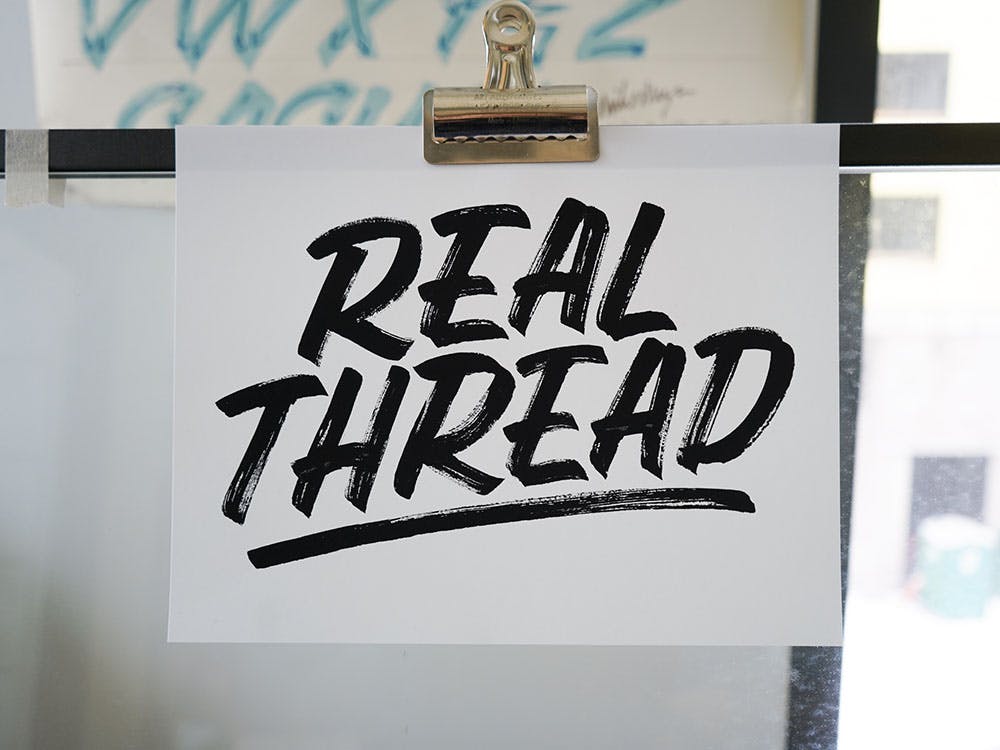
Then, I printed that out and used it as a guide for some final passes with ink on a rougher paper, so I could scan those in and get that truly hand-painted brush texture in the final artwork.
I think the end result captured that feel I was going for, and I’m excited to see these Real Thread tees out in the world!
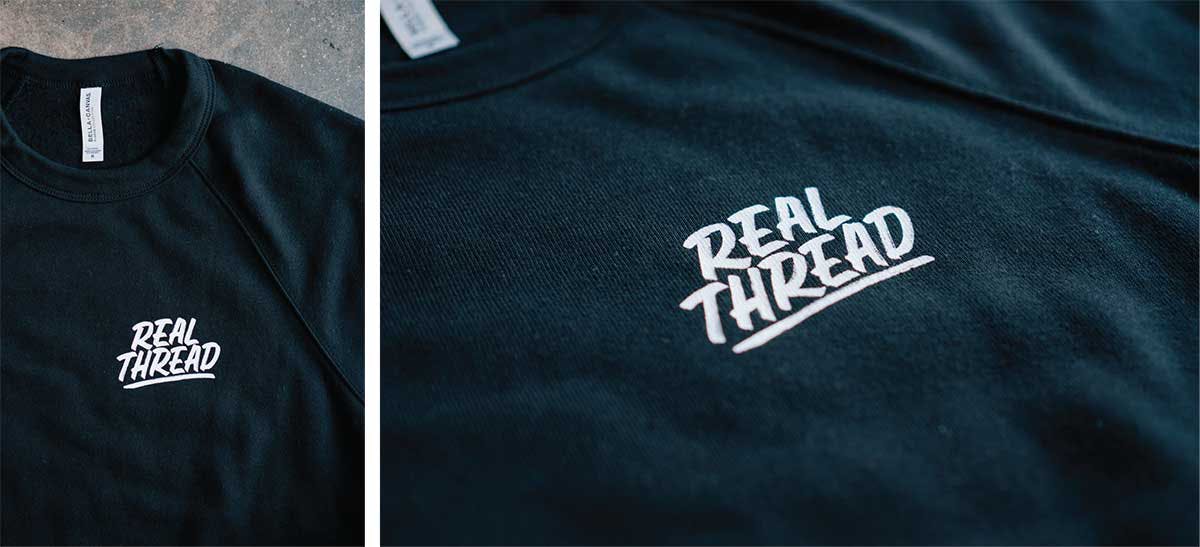
Want to keep up with Hillery and her work? Check her out at hillerypowers.com, or follow @hillerypowers on Instagram.
Want to be in the know for more interviews like this? Be sure to subscribe below to receive weekly updates for all things creative, design, and apparel related.


